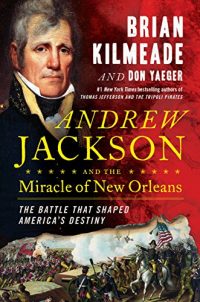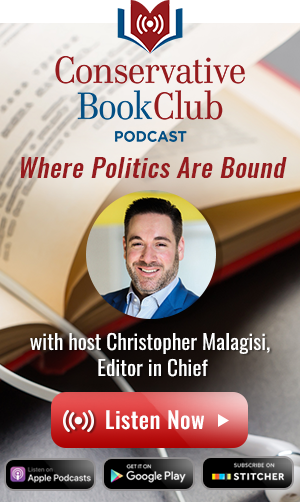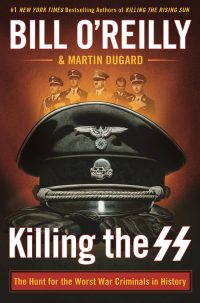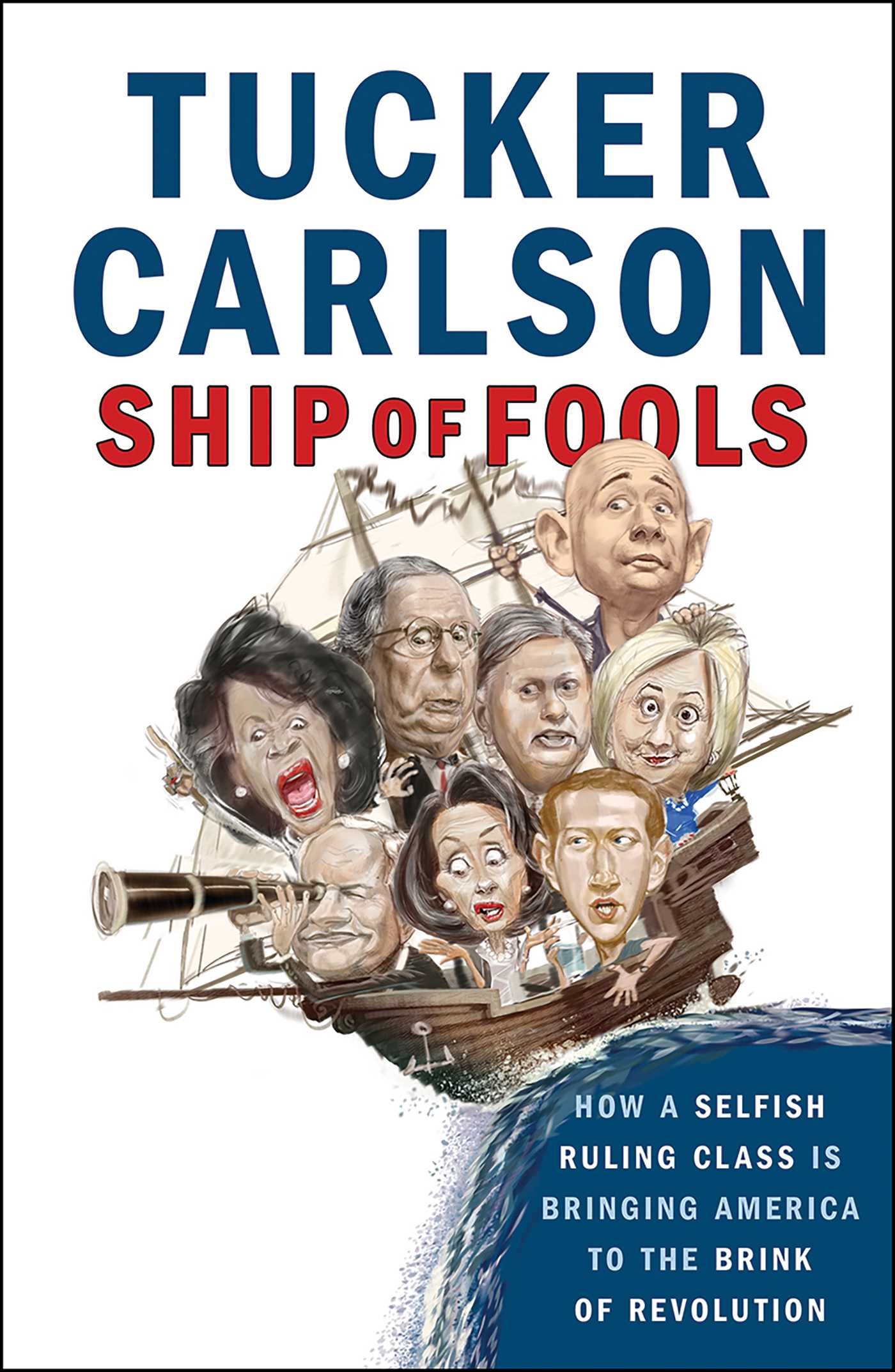George Washington’s Secret Six: The Spy Ring That Saved the American Revolution
One of the more telling — and accurate — statements to emerge from the American Revolution came from a British intelligence officer, Maj. Gen. George Beckwith: “Washington did not really outfight the British, he simply outspied us!”
Such was certainly the case in the grim early months of the war, when Gen. George Washington threw an ill-equipped, ill-trained army of volunteers against one of the more formidable military machines of the 18th century. Superior force enabled the British to drive the Revolutionaries from their strongholds in Boston and other parts of New England.
To Washington, retaining a foothold in the New York area represented a make-or-break point for his beleaguered army. British control of the harbor would enable the Royal Navy to bring in reinforcements and bedevil Revolutionary shipping. He also knew that the war would not be a “clash of armies” in traditional European fashion, but a series of maneuvers in which he must ferret out British battle plans and weaknesses.
So Washington’s spymaster, Maj. Benjamin Tallmadge, busied himself organizing intelligence operatives. One of his first recruits, the untrained Lt. Nathan Hale, soon perished on a British gallows, a victim of poor tradecraft. But his bravery earned him eternal fame, including a statue outside the Old Headquarters Building on the CIA campus in Langley.
The story of Tallmadge’s greatest coup is related in “Washington’s Secret Six,” by Brian Kilmeade, a co-host of the morning cable-TV program “Fox & Friends,” and Don Yaeger, a veteran Florida ghostwriter. Although they walk ground already well-trod by historians, their access to TV likely will command a large audience of younger persons who spend scant time with books and who should know about a group of true American heroes.
After the Hale tragedy, Tallmadge had greater success in putting together what is known in intelligence history as “the Culper Spy Ring,” six operatives who thrived for months in the New York metropolitan area. A Long Island native, Tallmadge recruited Abraham Woodhull, who lived in the village of Setauket. Woodhull took the cover name “Samuel Culper” or “Culper Senior.” In turn, Woodhull signed on a Manhattan Quaker merchant, Robert Townsend (“Culper Junior”), who proved the most prolific gatherer of information.
Others worked as couriers to carry intelligence from Manhattan to Long Island, and thence across Long Island Sound to a dead drop in Connecticut, for retrieval by Tallmadge. Among the ring’s major coups were warnings about a British scheme to counterfeit Revolutionary currency, and a planned redcoat move toward the suspected landing site in Rhode Island of a French contingent coming to serve with Washington. A shrewd deception operation enabled Washington to frustrate his foe. A ring member also helped expose the traitor Benedict Arnold.
At the outset, Townsend’s ability to spy was limited, for he had no plausible excuse to mill around New York asking questions. His solution was James Rivington, an expatriate Englishman who worked as a printer and bookseller. His newspaper, The Royal Gazette, professed loyalty to King George (a sop to the Tory majority in the city).
No matter. Townsend volunteered to write an occasional column for Rivington. “It was a stroke of brilliance on Townsend’s part,” Mr. Kilmeade and Mr. Yaeger write. “He now had the perfect excuse for asking questions, jotting down details, and querying various movements of troops and material into, out of, and around the city.” Further, Rivington’s ostensible Tory politics deflected any suspicions that he and his columnist might be closet Patriots. (The success was reflected in the future appetites of intelligence agencies, in America and elsewhere, to deploy spies under journalistic cover.)
The “secret six” were so named because of their understandable demand for secrecy. Not even Tallmadge knew the true names of each one of the spies.
And the sole female member is still known only as “Agent 355.” Try as they might, historians have been unable to establish her identity. The authors suggest that she was a socially connected young woman in either New York or Philadelphia who was to charm information from smitten British officers in social settings.
The identify of Townsend was not established until 1929, when a Long Island historian named Morton Pennypacker was given a packet of Townsend papers, many of them intelligence papers dating to the Revolutionary War. Pennypacker’s 1930 book is one of several offering a detailed account of the Culper ring.
Notwithstanding its likely appeal to a young audience that avoids reading serious history, “Secret Six” has major problems. There are long stretches of dialogue, some stretching for more than a page. An authors’ note acknowledges that “much of the dialogue contained in this book is fictional, but it is based on conversations that did take place, and whenever possible, incorporates actual phrases used by the speaker.” Well, perhaps, but history purists will not be satisfied.
Even more jarring — to this reader, at any rate — is the authors’ mind reading at the distance of more than two centuries. Most striking is speculation as to why Peggy Shippen, a lissome Philadelphia woman, chose to marry the renegade Revolutionary general, Benedict Arnold, who was many years her senior. We are told that “she may have realized just how much power she could wield over such a husband. He would, in essence, be her slave, bending to her will out of fear that she might cuckold him if she didn’t get her way.”
These flaws aside, “George Washington’s Secret Six” is a tale of patriotism and daring that will make an excellent stocking stuffer.
Book Review from The Washington Times, by Joseph C. Goulden
Tags: Brian Kilmeade, George Washington's Secret Six: The Spy Ring That Saved the American Revolution
- The Authors

Brian Kilmeade
Brian Kilmeade currently serves as co-host of Fox News Channel’s (FNC) FOX & Friends. Additionally, he serves as host of Kilmeade […] More about Brian Kilmeade.

Don Yaeger
Don Yaeger is a former associate editor for Sports Illustrated. He is the author of more than a dozen books […] More about Don Yaeger.
- Books by the Authors
- Related Articles
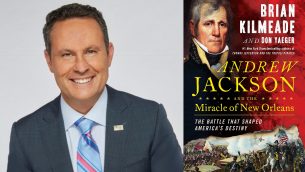
VIP BONUS Episode – “One Last Thing” with Brian Kilmeade Discussing His Most Memorable Moments on “Fox & Friends”
In our "One Last Thing" with Brian Kilmeade bonus VIP episode, learn about the most memorable moments of Brian Kilmeade's[...]
Ep. 40 – Brian Kilmeade Interview: Fox & Friends, His Andrew Jackson Book, and How Donald Trump Is a Modern Jacksonian
The Fox & Friends' co-host, Brian Kilmeade -- author of the new edition of Andrew Jackson and the Miracle of[...]
The Top 10 Current Fox News Authors
They're on your television and on your radio -are your favorite Fox News hosts on your bookshelf, too? Check out our[...]
How Andrew Jackson Saved America
Fox News' Brian Kilmeade is back with a new book, "Andrew Jackson and the Miracle of New Orleans". We talked[...]
Guess What Brian Kilmeade’s Next US History Book Is About? (Interview: Brian Kilmeade)
Fox News' Brian Kilmeade, bestselling author of "Thomas Jefferson and the Tripoli Pirates: The Forgotten War that Changed American History,"[...]
Ratings Details





